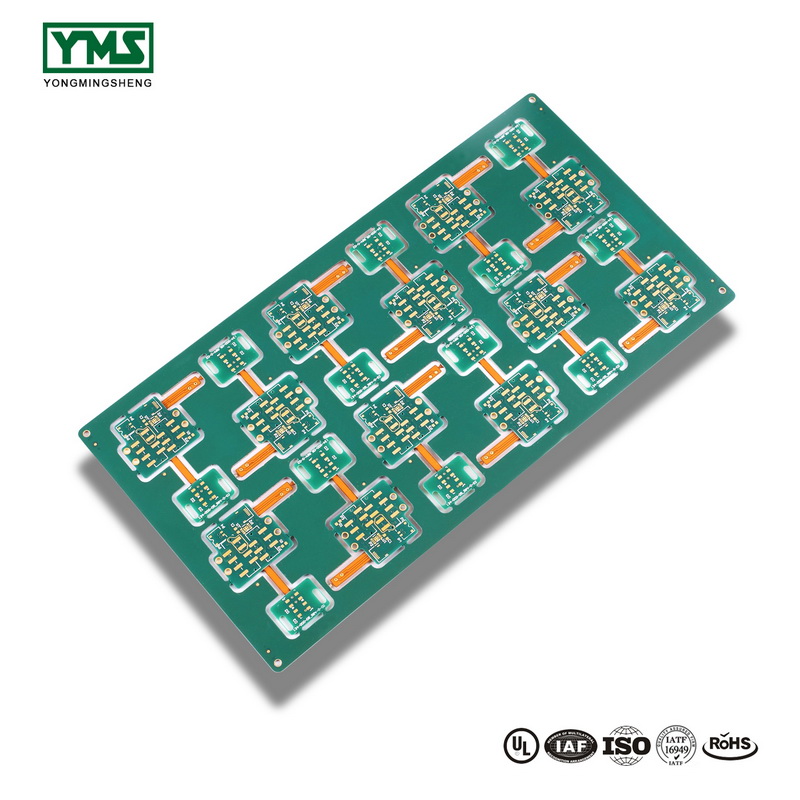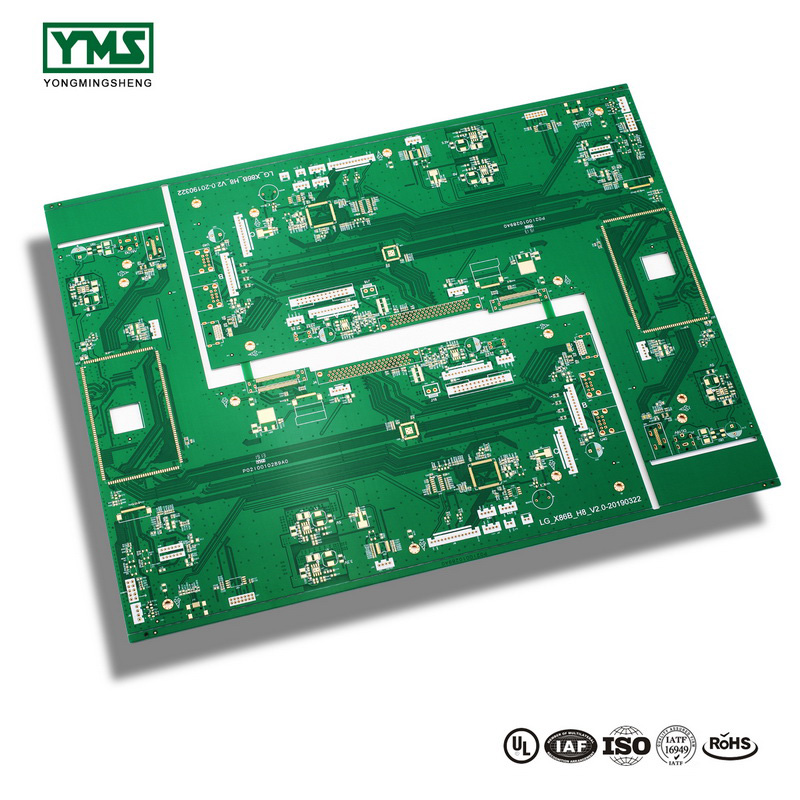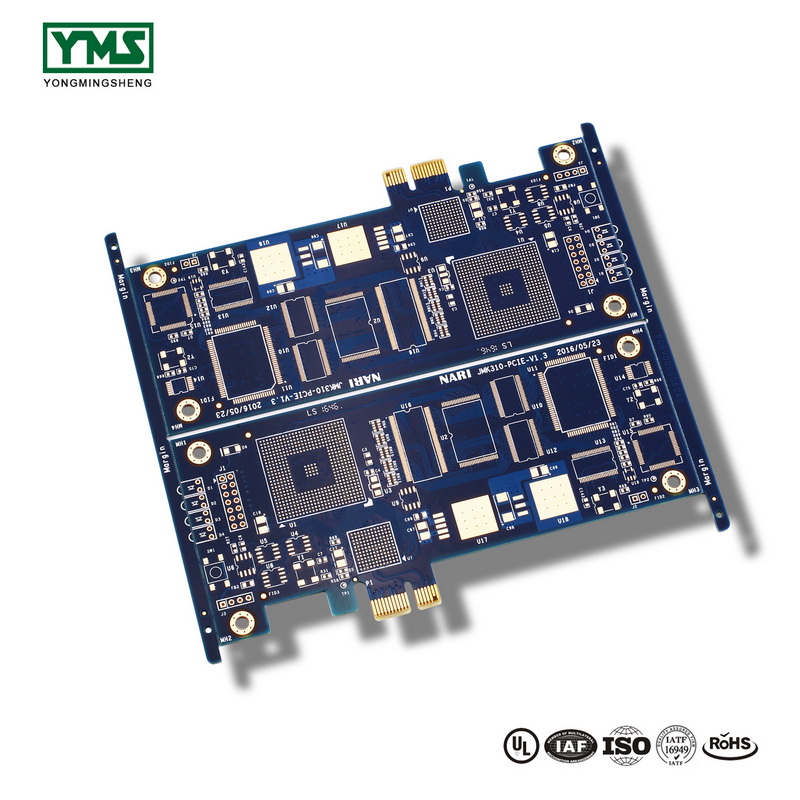- Home
- News
- PCB factory news -PCB single-layer board jumper setup specification and technique analysis
PCB factory news -PCB single-layer board jumper setup specification and technique analysis
In PCB circuit board design, sometimes we will encounter some single-layer design board, that is, the usual single-layer board (LED class lamp board design more). In this type of board, only one side wiring can be done, so jumpers have to be used.
1. Requirements of setting jumper:
(1) Component type to set to jumper.
(2) The jumper ID of the two plates in the jumper wire assembly is set to the same non-zero value.
Note: once the component type and liner jump property are set, the component behaves as a jumper.
2. How to use jumpers:
After the above steps, at this stage, there is no automatic network inheritance. After placing a jumper in the work area, you need to manually set the net properties of one of the pads in the pad dialog box.
Note: if the component is defined as a jumper, another liner will automatically inherit the same net name.
3. Jumper displaying:
In the higher version of AD, the view menu includes a new jumper submenu that allows control over the display of jumper components. Add a submenu to the netlist pop-up menu (n shortcut), including options to control the display of the jumper connector.
Note: a new query keyword Is Jumper Component has been added for filter and rule definitions.
4. Create a jumper diagram in the PCB library:
First, create a footprint. Typically, the jumper is designed with a predefined length, such as 0.1 inch (100 milliseconds) increments.
As mentioned above, there are two conditions to be satisfied:
(1) Both pads in the jumper must have a jumper ID set to the same, non-zero value. Note: whether the pads in all the jumper diagrams used in the motherboard design have the same jumper ID value.
(2) The jumper component must have its type set to jumper. This option can only be set after placing your Footprint in the PCB workspace. It cannot be set in the PCB Library Editor.
5.Create schematic jumper elements:
(1) Create a single jumper component, and then add all the jumpers of different lengths that you need.
(2) Create a separate jumper component for each jumper of different length.
Once the symbol is created, note:
A. Set the default indicator, in this case ju?
B. Set component type to jumper.
C. Add various jumper footprints to the model list, as shown in the figure above.
D. Define other required component attributes, such as description and any required component parameters.
Once the jumper is designed, you can put some of them on the schematic. At this stage, you may not know how many jumpers you need, but the extra ones can be easily removed. They are on the schematic to ensure that after they enter BOOM.
6. Location and use of jumper on PCB:
After completing step 5, when Design » Update PCB, all jumpers will be placed in the PCB workspace using the default overlay to show the right side of the board shape.
The following figure shows the PCB with almost complete wiring. Note that the remaining wires show the wiring unfinished. The board is basically connected, and some connections cannot be completed because there are no paths available in this unilateral design. To accomplish them, jumper components are used.
Complete the connection with a jumper wire:
1. Drag the jumper assembly to the position on the circuit board. If it is not long enough, press the Tab key when moving the jumper, or double-click the components dialog box after double-clicking it.
2. In the memory occupation name field of the component dialog box, type the desired occupation name, or click the button and select the desired occupation.
3. To make it easier to include jumpers in the bom, enter an appropriate identification string in the comment field of the component dialog.In the image below, the footprint name has been copied and pasted into the comment field because it describes the length of the jumper.
4. Place the jumper in the desired position.
5. Double-click to edit one of the pads, then select the desired net name from the network drop-down list. Another pad in the jumper will automatically assign the same network name.
6. After placing all the jumpers, remove all unused jumpers from the side of the circuit board.
7. Run the Design » Update Schematic command now to push the footprint and comment changes back to the Schematic.
8. The final step is to remove all unused jumper components from the schematic.
Huizhou Yongmingsheng Technology co., ltd. were successively established. Our enterprise is a high-tech enterprise which professional manufacture and sale high-precision single, double, multi-layer PCB, FPC, metal pcb,Flex-Rigid Board and aluminum base board.


